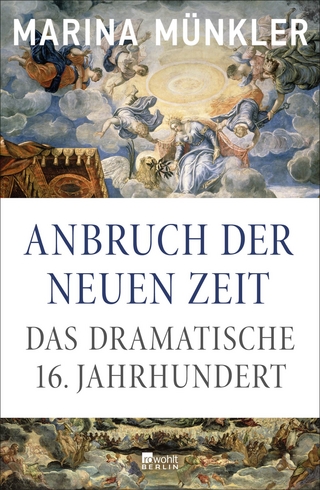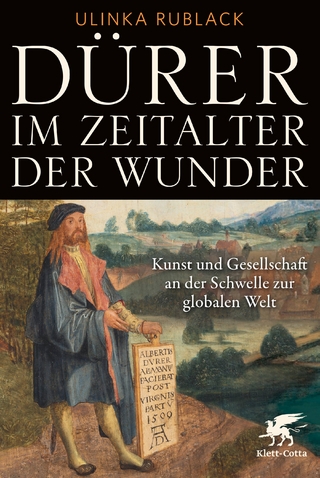
Crime, Courtrooms and the Public Sphere in Britain, 1700-1850
Routledge (Verlag)
978-1-4094-1803-0 (ISBN)
Modern criminal courts are characteristically the domain of lawyers, with trials conducted in an environment of formality and solemnity, where facts are found and legal rules are impartially applied to administer justice. Recent historical scholarship has shown that in England lawyers only began to appear in ordinary criminal trials during the eighteenth century, however, and earlier trials often took place in an atmosphere of noise and disorder, where the behaviour of the crowd - significant body language, meaningful looks, and audible comment - could influence decisively the decisions of jurors and judges. This collection of essays considers this transition from early scenes of popular participation to the much more orderly and professional legal proceedings typical of the nineteenth century, and links this with another important shift, the mushroom growth of popular news and comment about trials and punishments which occurred from the later seventeenth century. It hypothesizes that the popular participation which had been a feature of courtroom proceedings before the mid-eighteenth century was not stifled by ’lawyerization’, but rather partly relocated to the ’public sphere’ of the press, partly because of some changes connected with the work of the lawyers. Ranging from the early 1700s to the mid-nineteenth century, and taking account of criminal justice proceedings in Scotland, as well as England, the essays consider whether pamphlets, newspapers, ballads and crime fiction provided material for critical perceptions of criminal justice proceedings, or alternatively helped to convey the official ’majesty’ intended to legitimize the law. In so doing the volume opens up fascinating vistas upon the cultural history of Britain’s legal system over the ’long eighteenth century'.
David Lemmings was born in London and educated at the Universities of Sussex, London and Oxford before coming to Australia as a Research Fellow of the University of Adelaide in 1987. He then moved to the University of Newcastle in 1990 where he became Head of the Department of History in 1998 and Associate Professor in History in 2000. In 2008, Professor Lemmings moved to the University of Adelaide where he is Professor of History and leader of the Change Program in the Australian Research Council Centre of Excellence for the History of Emotions.
Chapter 1 Introduction: Criminal Courts, Lawyers and the Public Sphere, David Lemmings; Chapter 2 Trials in Print: Narratives of Rape Trials in the Proceedings of the Old Bailey, Esther Snell; Chapter 3 ‘Useful and entertaining to the generality of Readers’: Selecting the Select Trials, 1718–1764, Andrea McKenzie; Chapter 4 Representing the Adversary Criminal Trial: Lawyers in the Old Bailey Proceedings, 1770–1800, Robert Shoemaker; Chapter 5 Arts of Public Performance: Barristers and Actors in Georgian England, Simon Devereaux; Chapter 6 Negotiating Justice in the New Public Sphere: Crime, the Courts and the Press in Early Eighteenth-century Britain, David Lemmings; Chapter 7 Contemplating the Evil Within: Examining Attitudes to Criminality in Scotland, 1700–1840, Anne-Marie Kilday; Chapter 8 Fiction or ‘Faction’? Literary Representations of the Early Nineteenth-century Criminal Courtroom, Allyson N. May; Chapter 9 Publishing Courtroom Drama for the Masses, 1820–1855, Rosalind Crone;
| Erscheint lt. Verlag | 6.12.2012 |
|---|---|
| Verlagsort | London |
| Sprache | englisch |
| Maße | 156 x 234 mm |
| Gewicht | 612 g |
| Themenwelt | Geisteswissenschaften ► Archäologie |
| Geschichte ► Allgemeine Geschichte ► Neuzeit (bis 1918) | |
| Geisteswissenschaften ► Geschichte ► Regional- / Ländergeschichte | |
| Geschichte ► Teilgebiete der Geschichte ► Militärgeschichte | |
| Recht / Steuern ► EU / Internationales Recht | |
| Recht / Steuern ► Privatrecht / Bürgerliches Recht ► Sachenrecht | |
| Recht / Steuern ► Rechtsgeschichte | |
| Sozialwissenschaften ► Kommunikation / Medien ► Journalistik | |
| Sozialwissenschaften ► Kommunikation / Medien ► Medienwissenschaft | |
| ISBN-10 | 1-4094-1803-0 / 1409418030 |
| ISBN-13 | 978-1-4094-1803-0 / 9781409418030 |
| Zustand | Neuware |
| Informationen gemäß Produktsicherheitsverordnung (GPSR) | |
| Haben Sie eine Frage zum Produkt? |
aus dem Bereich


